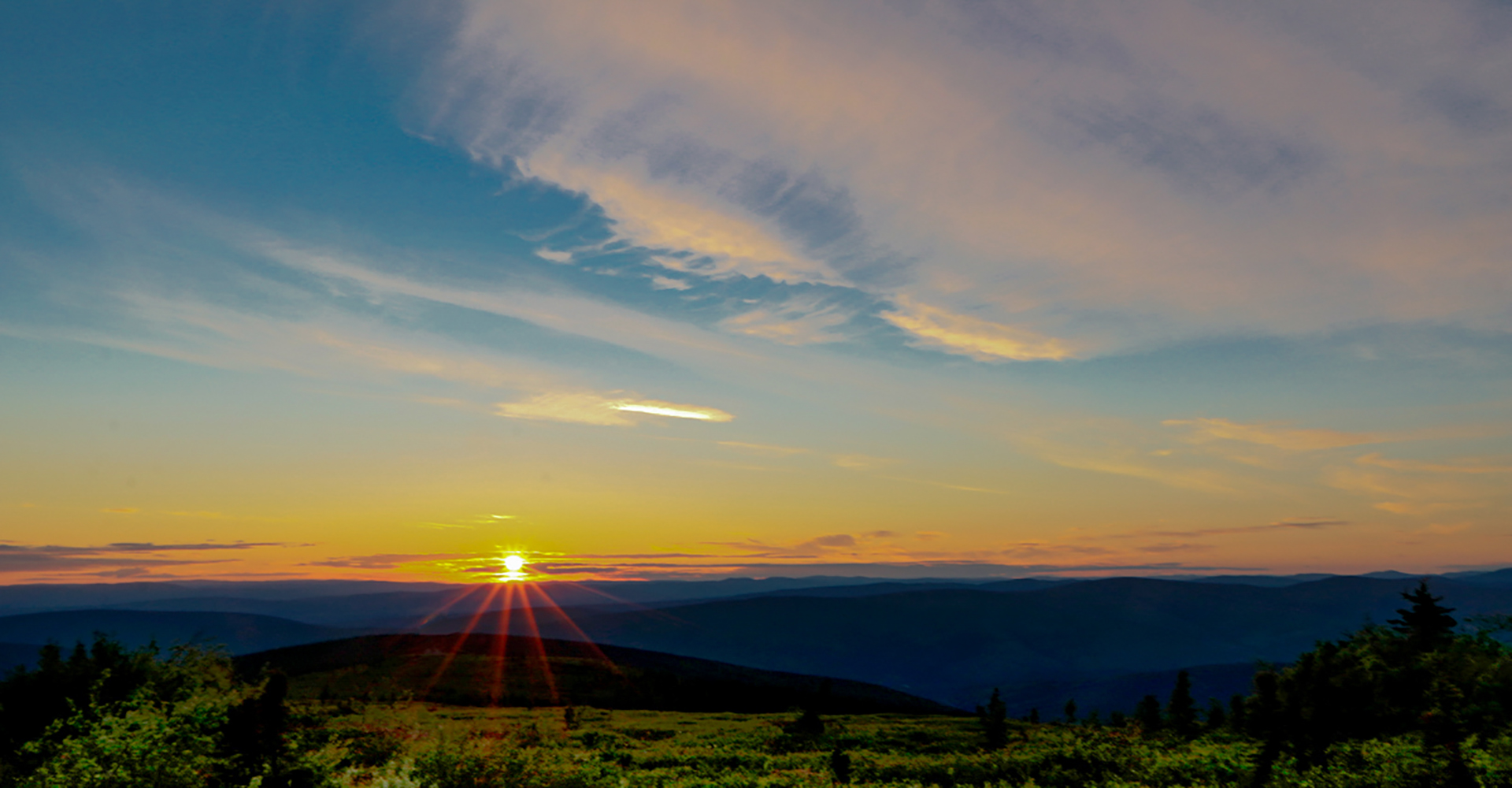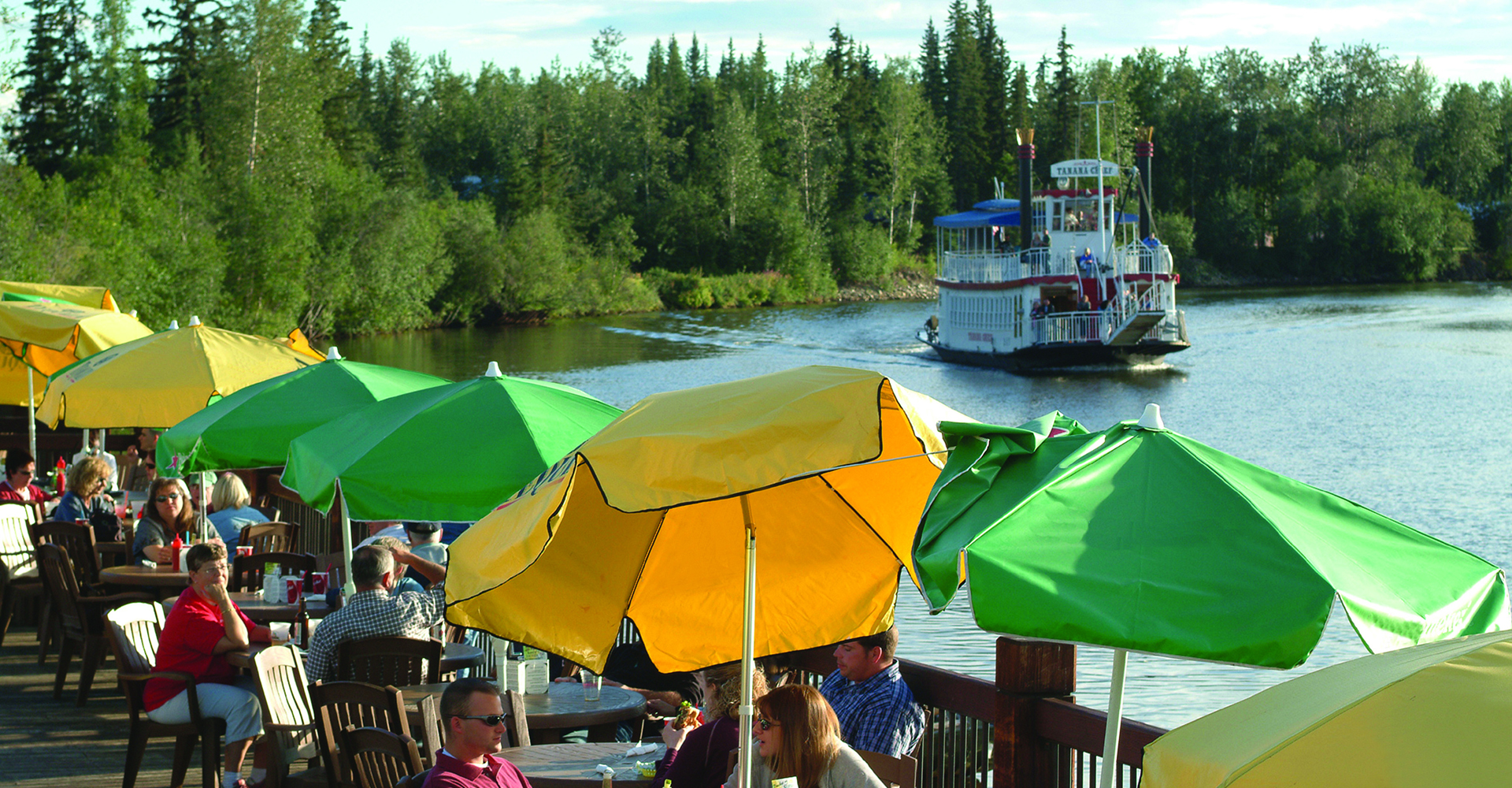Fairbanks – the Golden Heart of Alaska – is located in Alaska’s Interior, north of Denali National Park and Preserve and south of the Arctic Circle. As Alaska’s second-largest city, Fairbanks offers all of the modern amenities of a modern day city, set within the scenic backdrop that is the natural beauty of the great state of Alaska. Fairbanks is a year-round visitor destination, notable for the midnight sun shining nearly 24 hours a day in the summer, and the majestic beauty of the aurora borealis during the “Aurora Season” from August 21 to April 21. No matter what time of year, visitors find Fairbanks inviting, engaging and awe-inspiring – the heart of the last frontier.

Fairbanks lures people from all over the world during the Aurora Season from August 21 to April 21. The city’s location under the “Auroral Oval” – a ring-shaped region hovering over the far north – combined with a good balance of clear nights, occurrence frequency and activity allows for excellent aurora viewing opportunities. Aurora will be visible an average of four out of five nights when the sky is clear and dark enough.
Throughout history, the aurora borealis has mesmerized and intrigued people. There is no perfect word to describe how they move across the sky – they float, glide, weave and swirl in a fluid fashion. Beautiful and mysterious, they range in color from yellow to red to purple but the most common color is vibrant green. The intensity varies, with the best displays from late evening to early morning hours. See the northern lights during a midnight dog sled adventure, from the comfort of an aurora viewing lodge, during an ice fishing expedition, or on a tour above the Arctic Circle.
If you stay a minimum of three nights and are actively out during the evening hours, your chances of seeing the aurora increase to more than 90%. No guarantees, but the longer you’re here, the better your chances of seeing a great display of the magical aurora borealis.
Fairbanks has long been known as “the Land of the Midnight Sun.” During the Midnight Sun Season which runs from April 22 to August 20 the sun never seems to set. Wake up in the middle of the night to find the sun shining brightly, people out biking and gardening and walking the dog. The Midnight Sun Season comes to a peak on summer solstice either June 20th or 21st. The town celebrates the sun with a variety of events during this period including the Midnight Sun Festival which takes place downtown.
The endless sunshine transforms life in the far north in pleasing and wondrous ways. This far north phenomenon is a cool consequence of living on top of the world where 100-pound cabbages aren’t outlandish and golfing in the wee hours of the morning is commonplace. Flowers, vegetables and all things green and growing often dwarf their lower 48 cousins. The sun energizes people to be on the go at all hours.
Favorite middle-of-the-night activities include hiking, running, golfing and even baseball. In fact, the Alaska Goldpanners start their historic solstice game at 10:30 pm and never have to use electric lights. The Midnight Sun Season is teeming with activity as people are energized by the everlasting sunshine.

Not Far from Fairbanks
Fairbanks is the ideal location for exploring Alaska’s Interior and Arctic – areas that offer adventures many people only dream about. Denali National Park and the Arctic Circle are two of the most popular destinations for visitors to take extra days to explore.
Winter Activities and Events
With the light of the aurora borealis overhead, wide-open spaces and lots to see and do, winter in Fairbanks is simply spectacular. Winter activities, celebrations and sporting events include skiing, ice skating, snowmobiling, snowshoeing, ice fishing, walking with reindeer, curling and more! Journey above the Arctic Circle, visit Santa Claus in North Pole, or discover the incredible warmth of an Alaskan hot springs at the end of and adventure-filled day.

Summer Activities and Events
In summer, the sun shines all night long. This phenomenon is known as the midnight sun and provides that perfect backdrop for adventure. The summer solstice, which is the longest day of the year with a total of 21 hours and 49 minutes of daylight, occurs the third week of June. Even though the sun sets, it doesn’t get very far below the horizon, so for much of the summer it never gets dark. With that much daylight, there are no shortage of activities and events to enjoy!
Year-Round Activities and Attractions